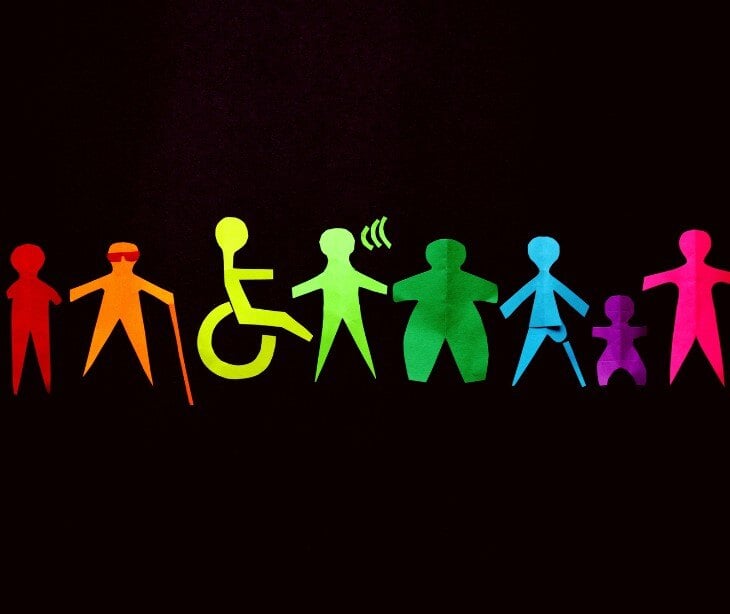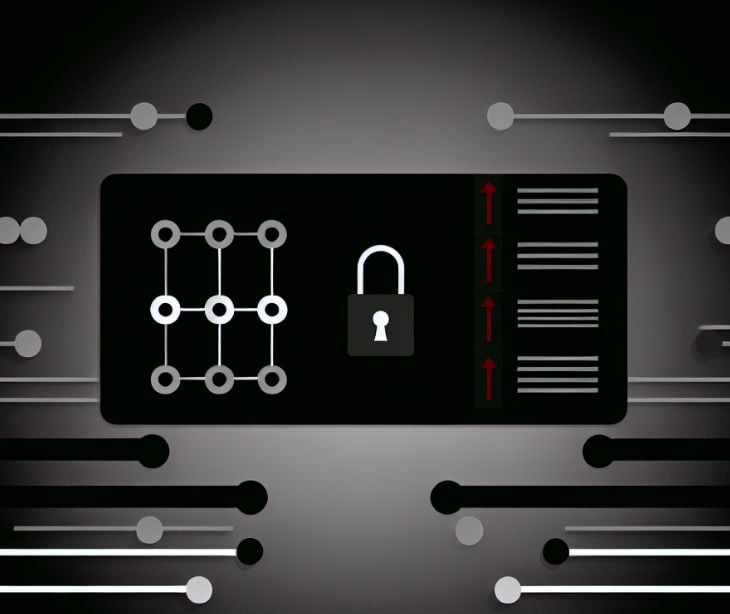
2 min read
Microsoft 365 users targeted in new phishing attack
What happened A new phishing campaign is exploiting Microsoft 365 infrastructure for user account takeovers. Attackers insert phishing lures directly into legitimate Microsoft emails to bypass its conventional security measures, making it harder for...
Read More










